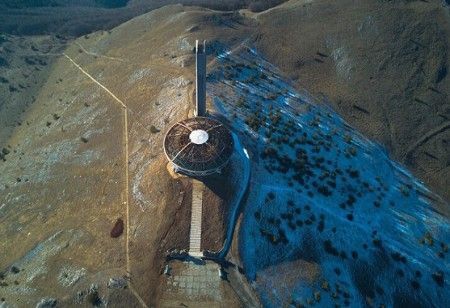
The Ministry of Heavy Industries (MHI) and the Department of Atomic Energy (DAE) are expected to complete a ₹1,000 crore scheme to support domestic production of rare earth magnets—essential components in electric vehicles, electronics, and defence systems—in the next 10–15 days.
The scheme will support a potential annual production capacity of 1,500 tonnes of rare earth magnets, with India Rare Earths Limited (IREL) contributing 500 tonnes of raw material to original equipment manufacturers (OEMs). Five to six companies have already expressed interest in the sector.
India holds the third largest rare earth reserves in the world, but less than 20% of its proven reserves have been explored. Experts in the industry have claimed that there is an opportunity to speed up exploration in the country and build an indigenous capability.
To address the trend of companies just importing assembled components instead of sourcing domestically, the government may revise the Domestic Value Addition (DVA) conditions under the Production Linked Incentive (PLI) scheme.
Also Read: What the Rare Earth Crisis Means for the EV and Electronics Industry
Arun Misra, CEO of Hindustan Zinc and Executive Director at Vedanta, emphasised the need to remove monazite from the atomic minerals list to allow private mining. He stressed that without investment in smelting and R&D, India cannot progress from raw extraction to magnet production.
He said that while Indian Rare Earths Ltd. does process beach sand to extract rare earth oxides, the value-added chain stops there. “Just mining monazite and making chlorides is not a solution. We need to develop ways to produce neodymium so we can manufacture permanent magnets.”
We use cookies to ensure you get the best experience on our website. Read more...